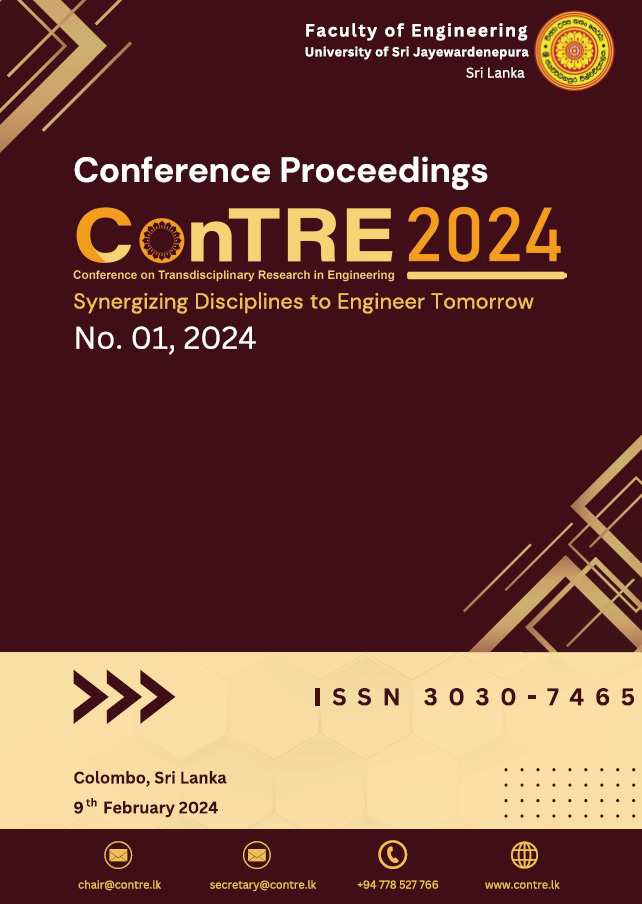Experimental validation of the appropriate channel model for an indoor Visible Light Communication system
DOI:
https://doi.org/10.31357/contre.v1i1.7389Keywords:
VLC - Visible Light Communication, LoS - Line of Sight, DC channel gain - Direct Current channel gain, PD - Photodiode, LED - Light Emitting DiodeAbstract
Visible light communication (VLC) is a technology with significant potential to revolutionize indoor communication performance and satisfy the demands of fifth-generation (5G) and beyond technologies. To achieve an efficient VLC system that delivers optimal performance and coverage, it is imperative to create a reliable channel model. As a result, this research is centered around the evaluation of existing channel models for planning the VLC network coverage within indoor environments. The primary focus of this study is to enforce three types of channel models, Line of Sight (LoS), Nakagawa’s first reflection model, and the Spherical model through MATLAB simulations and obtain simulation results by varying the distance parameter. Furthermore, this research intends to implement a physical prototype representing a real-world scenario, and thereby determine the nearest channel model that aligns with the physical measurements obtained from the physical prototype.


